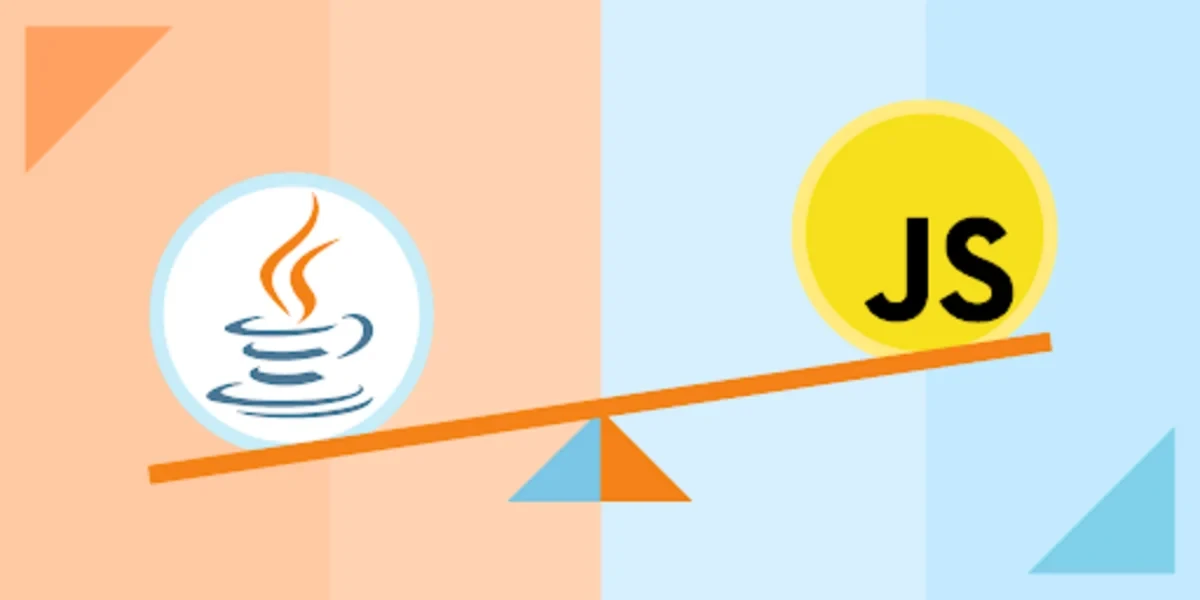Java and JavaScript - Just similar names
A deep analysis of Java and JavaScript and the differences between programming languages

In the world of programming, the terms Java (opens new window) and JavaScript (opens new window) are often mistakenly used interchangeably or assumed to be closely related. However, it's time to debunk this common misconception. Despite the similarity in their names, Java and JavaScript are distinct languages with different origins, purposes, and characteristics. We'll dive into the differences between Java and JavaScript, shedding light on their individual identities and dispelling the notion of their close relationship.
# Origins and Purpose
# Java
Java, developed by Sun Microsystems (now owned by Oracle), emerged in the mid-1990s as a general-purpose programming language. It was designed to be platform-independent, allowing developers to write code once and run it on different systems. Java is primarily used for building robust enterprise applications, server-side software, desktop applications, and Android mobile apps.
# JavaScript
JavaScript, created by Brendan Eich in 1995, was initially developed for use in web browsers. Its purpose was to enhance static web pages by enabling interactivity and dynamic content. Over time, JavaScript expanded its reach beyond the browser and is now utilized in both front-end and back-end web development, powering modern web applications and frameworks like React (opens new window), Angular (opens new window), and Node.js (opens new window).
# Syntax and Structure
# Java
Java has a C-like syntax, featuring static typing, explicit variable declarations, and a strong emphasis on object-oriented programming (OOP) principles. It requires compiling source code into bytecode, which is executed by the Java Virtual Machine (JVM).
# JavaScript
JavaScript has a syntax influenced by languages like Java and C, but it also incorporates functional programming concepts. It is dynamically typed, allowing variables to adapt to different data types at runtime. JavaScript is an interpreted language, executed directly by web browsers or through server-side platforms like Node.js.
# Execution Environment
# Java
Java code is executed within the JVM, providing a level of abstraction from the underlying hardware and operating system. This allows Java applications to run on any platform that supports the JVM, making it highly portable and platform-independent.
# JavaScript
JavaScript was intended to run within web browsers, providing client-side interactivity and functionality. However, with the introduction of Node.js, JavaScript can now be executed on the server-side as well, opening doors for full-stack JavaScript development.
# Typing and Object Models
# Java
Java follows a strong static typing approach, requiring explicit declaration of variable types and conducting type checks during compilation. It employs a class-based object model, utilizing inheritance, encapsulation, and polymorphism to structure code.
# JavaScript
JavaScript employs a loose and dynamic typing system, allowing variables to hold values of any type. It follows a prototype-based object model, where objects are created directly from other objects, and inheritance is achieved through prototype chains.
# Ecosystem
# Java
Java has a strong presence in enterprise software development and is known for its stability, scalability, and security.
# JavaScript
JavaScript offers an extensive collection of frameworks, libraries, and tools for web development, making it the language of choice for building modern and interactive user interfaces.
# Conclusion
In conclusion, it's important to dispel the misconception that Java and JavaScript are closely related. Despite the similarity in their names, these programming languages have distinct origins, purposes, and characteristics. Java is a robust, statically-typed language designed for enterprise software development, while JavaScript is a versatile, dynamically-typed language primarily used for web development.
So, let's set the record straight: Java and JavaScript may sound similar, but they are indeed separate entities with their own distinct identities. By embracing this understanding, we can enhance our programming knowledge and harness the power of these languages to develop outstanding software solutions.
